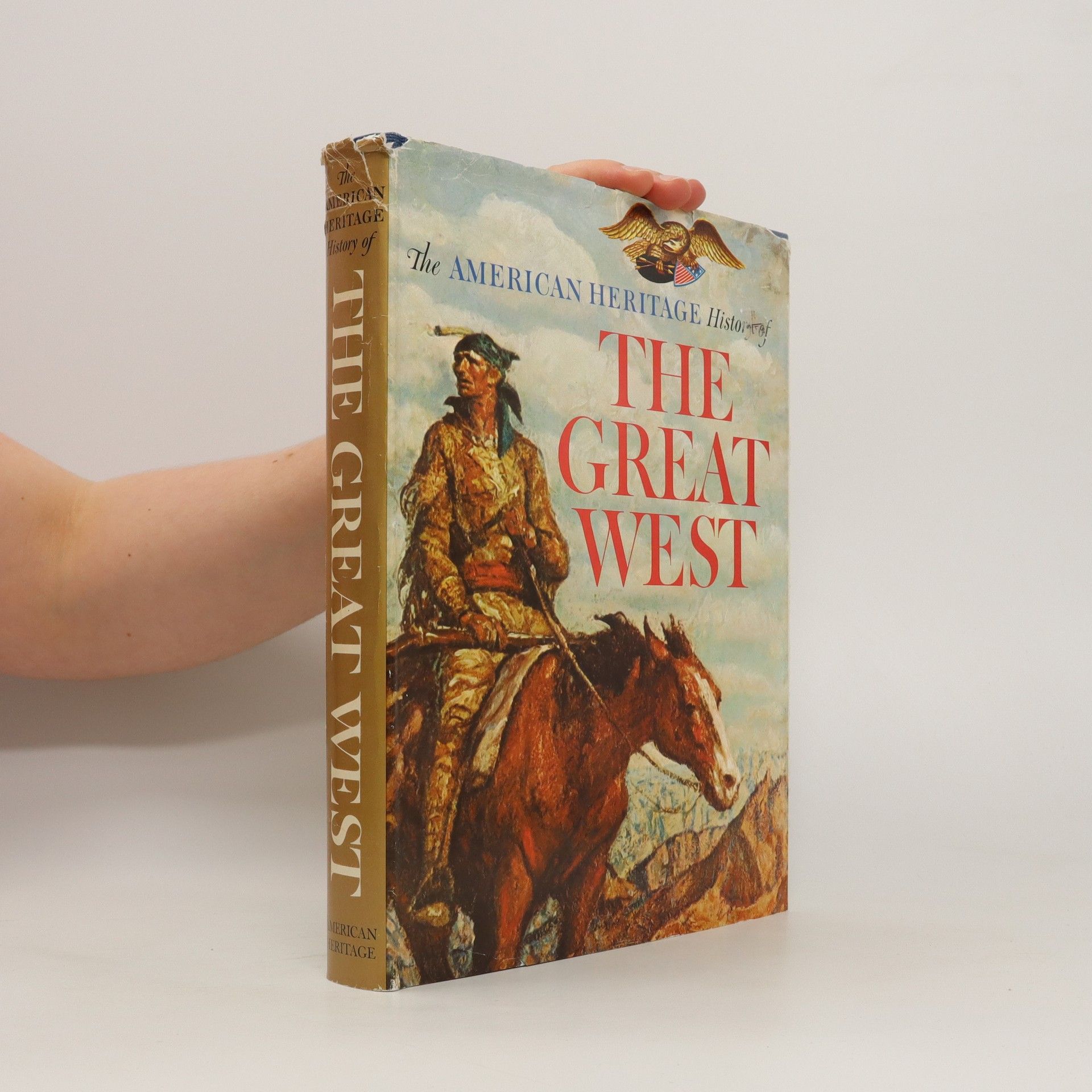The story of the American fur trade has been told many times from different viewpoints, but David Lavender was the first to place it within the overall contest for empire between Britain and the United States. Rather than offering a simple hagiography of men like Jedediah Smith, Kit Carson, Jim Bridger and other legendary trappers, Lavender relates the story of men such as John Jacob Astor and Ramsay Crooks who competed with Britain’s Hudson’s Bay Company for the fur resources of the Great Lakes region and the upper Missouri River country. Within this framework of contest and competition, Lavender shows how the American Fur Company learned to exploit the needs and wants of Indian tribes to gain a superior economic position over the British. The brutal and bloody rivalry helped Ramsay Crooks develop the techniques for transporting furs, supplying trappers, and selling pelts that made fur trapping such an integral economic activity in early U.S. history.
David Lavender Livres
David Sievert Lavender fut un historien éminent de l'Ouest américain, deux fois nominé pour le Prix Pulitzer. Orateur éloquent et profondément connaisseur de l'histoire politique et sociale de la région, son œuvre a souvent exploré la découverte et la colonisation des terres sauvages et leur impact tant sur le paysage que sur les populations. Lavender a étudié la relation complexe entre l'humanité et la nature dans les environnements difficiles de l'Ouest.






Bent's Fort
- 479pages
- 17 heures de lecture
Bent's Fort was a landmark of the American frontier, a huge private fort on the upper Arkansas River in present southeastern Colorado. The author's chronicle of these men and their part in the opening of the West has been conceded a place beside the works of Parkman and Prescott.
The American Civil War's intensity and scale overshadow other 19th-century conflicts, but its military strategies were rooted in the Mexican-American War of the late 1840s. This earlier conflict demonstrated the United States' ability to mobilize troops from diverse states, such as Illinois and Mississippi, along with West Point-trained officers, showcasing the nation's evolving military readiness and the regional rivalries that would later fuel the Civil War.
The Southwest
- 366pages
- 13 heures de lecture
The book provides a vibrant historical narrative of the Southwest, particularly New Mexico and Arizona, while also addressing neighboring states and northern Mexico. It chronicles the region's evolution from the early Native American inhabitants through Spanish and French influences to U.S. expansion. Lavender examines conflicts involving Mexico and Spain, Texas, and the U.S., while also delving into folklore surrounding cowboys and outlaws. Additionally, he addresses contemporary challenges related to cultural diversity and environmental issues in the region.
This book presents a detailed exploration of the journeys of notable explorers such as De Soto, Coronado, and Cabrillo, who ventured into the uncharted territories of North America. It delves into their adventures, challenges, and the impact of their discoveries on the understanding of the continent. The reprint maintains the integrity of the original edition, offering readers a chance to engage with historical narratives and the mysteries these explorers sought to unravel.
California
- 272pages
- 10 heures de lecture
The American Heritage History of the West
- 430pages
- 16 heures de lecture
In The History of the Great West, Lavender, a noted historian of the region and a dramatic storyteller, portrays the moments and movements that shaped the growing United States, from the founding of provisional governments to the laying of the railroads.
